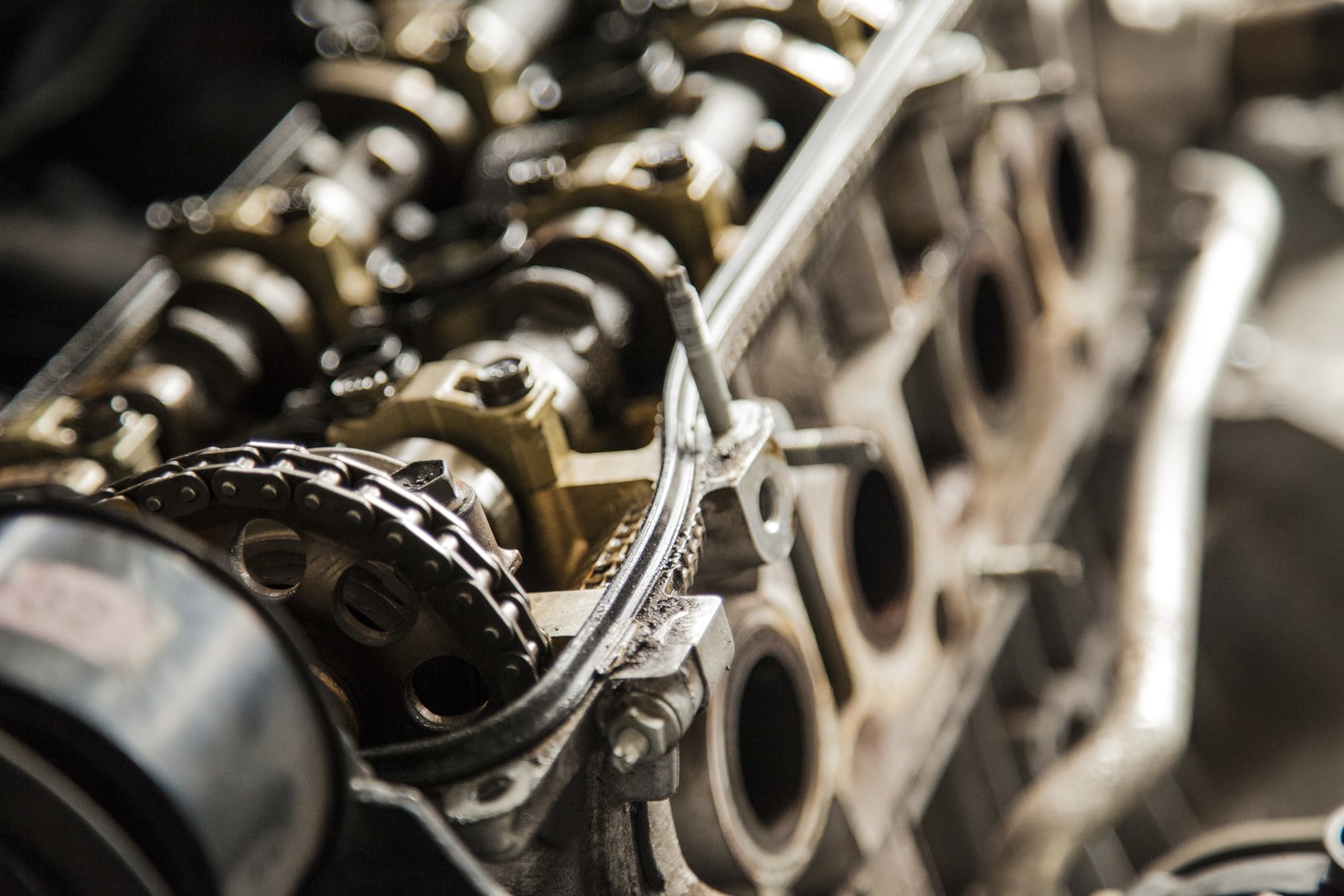PTFE, what DuPont calls Teflon, is a material that is popular for polymer bearings and bushings, especially for high-speed and high-temperature applications. We will discuss seven of the reasons why this is the case in this blog post.
PTFE Can Handle High Temperatures
While virgin PTFE can operate continuously at temperatures up to 500°F, it loses its mechanical properties at its maximum operating temperatures. To avoid negative consequences in a specific application, proper design is necessary. When additives (which will be discussed in a moment) are added, this can rise up to 550°F.
PTFE Can Be Used in High-Voltage Applications
As bushings, high PV grades of PTFE are ideal for applications involving high speeds and high loads, such as surface speeds of 30 m/s.
PTFE Does Not React Chemically
PTFE is often used for high-performance bushings for this reason as well.
It is common for high temperatures to result in aggressive chemicals, especially in oil and gas industries. There is no polymer as chemically reactive as PTFE, and it appears its kryptonite is alkali metals like sodium.
PTFE Is Extremely Frictionless
The friction coefficient of virgin PTFE* is estimated to be between 0.05 and 0.10, making it an ideal choice for high-performance bushings.
As a result of less friction, less heat can be built up, which is also less likely to cause wear, even in environments with high speeds and temperatures. Moreover, additives can be added to make friction reduction even more effective.
PTFE is Suitable for Dry Running
Bushings made of PTFE do not require any lubrication since the material is self-lubricating. For situations where lubrication is either impossible or not recommended, this feature is a big plus, told from the best bushing factory. Moreover, breakout friction and stiction are minimized.
Compatibility of PTFE with a Variety of Additives
In addition to MoS 2, there are a variety of additives available for PTFE, including carbon, glass, and graphite fibers. By adding these materials to PTFE bushings, they increase strength, stiffness, and durability. Some additives, such as MoS 2, can further reduce friction.
PTFE Meets USDA and FDA Requirements
PTFE grades which are USDA and FDA compliant are used for various cookware coatings (such as Teflon). Combined with its low chemical reactivity, resistance to high temperatures, and low moisture absorption, it is ideal for industries with aggressive cleaning (i.e., highly wash-down-resistant). PTFE bushings are widely used in the food, pharmaceutical, and medical industries.
Conclusion
A PTFE bushing is the best choice for high-speed and high-temperature applications.
There are several factors to consider when choosing a polymer material for a bushing. Some of these advantages include its ability to withstand high temperatures and high speeds, a low friction coefficient, and the availability of additives. Remember to include PTFE in your list of options when selecting polymer bushings.
